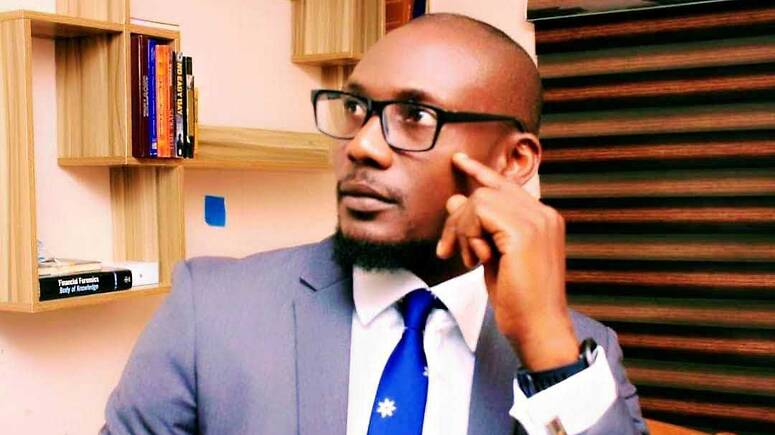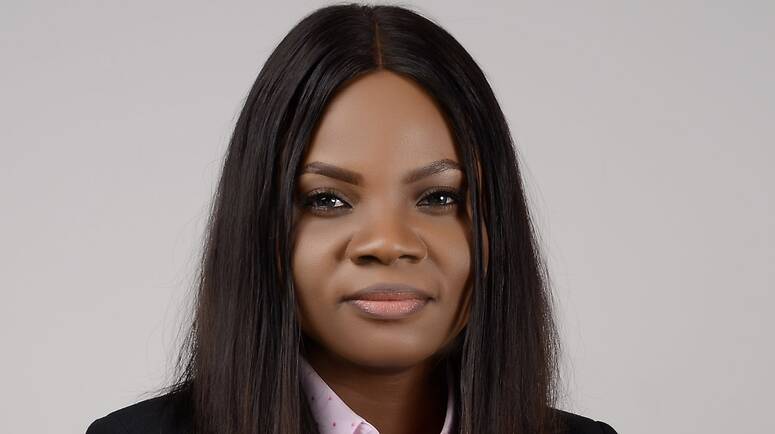
Pierless Bridges
The Joan and Ralph Lane Center for Catholic Social Thought and the Ignatian Tradition
Colorism and Economic Opportunity in Nigeria
Airah Balogun and Mutiu Fakorede are two Master’s students in USF’s International and Development Economics (IDEC) Master’s program who have had an unusual first year. Both are Nigerian, and due to the COVID-19 pandemic have been based in Lagos for the first year of their studies at USF. Despite the fact that they have had to attend classes in the middle of the night, they connected in Lagos and hatched an idea for a unique research project based on their own life experiences: an examination of the impact of skin tone on life opportunities.
Many Nigerians believe that lighter skin tone is associated with better economic opportunities, greater chances of being elected to political office, improved dating prospects, and greater physical attractiveness.1 This has led to an epidemic of skin bleaching, which has negative health impacts.2 Government efforts to address this problem have focused on banning skin bleaching, and have met with limited success,3 perhaps because many Nigerians believe that having lighter skin confers substantial professional and romantic benefits. Mutiu and Airah proposed writing their Master’s theses on how skin tone affects peer perceptions of attractiveness, political viability, intelligence, and earning potential. In thinking about a study design that would allow us to tackle this question, we faced a number of challenges. First, the ongoing COVID-19 pandemic meant we didn’t want to plan on any in-person interactions. Second, we needed a way to distinguish biases associated with skin tone from biases associated with other aspects of appearance.
To address the first challenge, we decided to center our study around an online survey and game. Participants will be shown a series of images, and they’ll rate them in terms of perceived attractiveness, income, and intelligence. However, this led to a second challenge: We needed to show images of people who looked as similar as possible apart from their skin tone; otherwise, we wouldn’t be able to be sure that observed differences weren’t due to other factors.
A relatively new technique from machine learning provided a solution to our quandary. A Generalized Adversarial Network is a technique that has been used both to generate images of people who don’t exist (hispersondoesnotexist.com/) and to change the color of pictures of cats (tinyurl.com/3csdayxd), among other things.
Based on existing examples, our plan is to train our own GANs to alter the skin tone of people in photos, allowing us to generate photos of the same "people" with lighter or darker skin tones. This will allow us to isolate the effect of skin tone on perceived attractiveness, income, and intelligence from other aspects of appearance.
We plan to conduct this study during summer 2021 and have applied for a grant from USF’s Jesuit Foundation to support the study. This summer, Airah and Mutiu will administer the survey and will then spend the 2021–2022 academic year (the second year of their program)analyzing the data for their theses. We hope to be able to share results by May 2022.
References
- Hunter, M.L. (2011). "Buying Racial Capital: Skin Bleaching and Cosmetic Surgery in a Globalized world." The Journal of Pan African Studies, vol. 4, No. 4, 142–164.
- de Souza, M.M. (2008). The concept of skin bleaching in Africa and its devastating health implications. Clinics in Dermatology, vol. 26, No. 1, 27–29.
- Vijaya, R.M. (2019). The New Economics of Colorism in the Skin Whitening Industry: Case of India and Nigeria. In Johnson, G.D., K. Thomas, A. Harrison, and S.A. Grier (Eds.), Race in the Marketplace: Crossing Critical Boundaries (227–244). Palgrave Macmillan.


